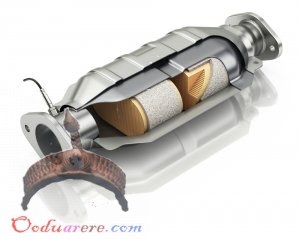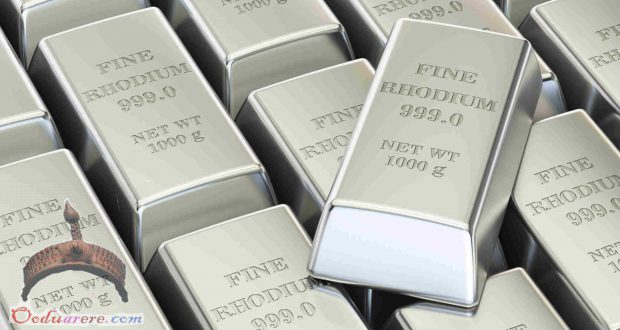Rhodium is one of many chattels that is very essential for the car. A white-toned precious metal (atomic symbol Rh) that is also an element. It is one of many platinum group metals. The automobile you use releases toxins that can be very hazardous to humans. The application of the catalytic converters that remove the toxins, your car or truck doesn’t pollute the environment.
For sure you don’t have any idea about the elements which cleans the toxins out from the exhaust fumes? One of many important elements is rhodium which works together with other elements such as for example palladium to clean the toxins. It cleans off before the fumes are released into the environment. We use case for rhodium is in catalytic converters designed to clean vehicle emissions. Rhodium often as well as palladium and platinum accomplish this by reducing nitrogen oxide in the exhaust gas. Without rhodium catalysts, the air within our cities will be much worse because of vehicle exhausts.
And Rhodium is rare, obtained in really small quantities as a byproduct of platinum and nickel mining, principally in Canada and Russia. Because it’s so rare in nature and so very hard to acquire, it’s in great demand from sources offering jewelry and catalysts.
For quite a long time, the metal wasn’t popular, but about 100 years back, rhodium grew to become utilized in laboratory devices that measured high temperatures. Then everything changed in the mid-1970s when catalytic converters were first introduced to cut back the pollutants in automobile exhaust emissions. That rareness helps explain why rhodium is a warm investment metal today, trading for a staggering $457,800.00 per Kg.
How Much Rhodium Is in Catalytic Converter?

The quantity of rhodium within our cars can not be equal. So, the clear answer to the very question depends upon some factors. Especially on the car’s make and model, and its engine. One vehicle with the exact same engine might have different converters for different countries.
The common level of rhodium in a catalytic converter is all about 1-2 grams, and the common weight of a catalytic converter is all about 1.2 kg or 2.2 pounds.
Rhodium features a quite high cost, about $490 per gram, but the purchase price depends on the metal quality, but it is simple to fetch this by recycling the old converter.
Can Rhodium Coming From A Used Catalytic Converter Lose Its Properties?
The precious stone is present in the honeycomb area of the converter, and it is simple to recover the metal by way of a recycling process. Rhodium present in catalytic converters doesn’t lose its properties or strength and you’d be safe recycling it.
Rhodium is least apt to be afflicted with air, water, and acids. Thus the acidic toxins produced alongside the exhaust fumes won’t make the metal lose its properties.
The metal produces acetic acid through catalytic carboxylation, which will be the synthesis of carbonyl compounds. Thus, it is really a sturdy metal that rarely loses its properties.
The recycling company needs to have the most recent technology systems and be energy-efficient. Moreover, it will have a fruitful waste system that reduces environmental pollution at the trouble of the metal.
 Ọmọ Oòduà Naija Gist | News From Nigeria | Entertainment gist Nigeria|Networking|News.. Visit for Nigeria breaking news , Nigerian Movies , Naija music , Jobs In Nigeria , Naija News , Nollywood, Gist and more
Ọmọ Oòduà Naija Gist | News From Nigeria | Entertainment gist Nigeria|Networking|News.. Visit for Nigeria breaking news , Nigerian Movies , Naija music , Jobs In Nigeria , Naija News , Nollywood, Gist and more








